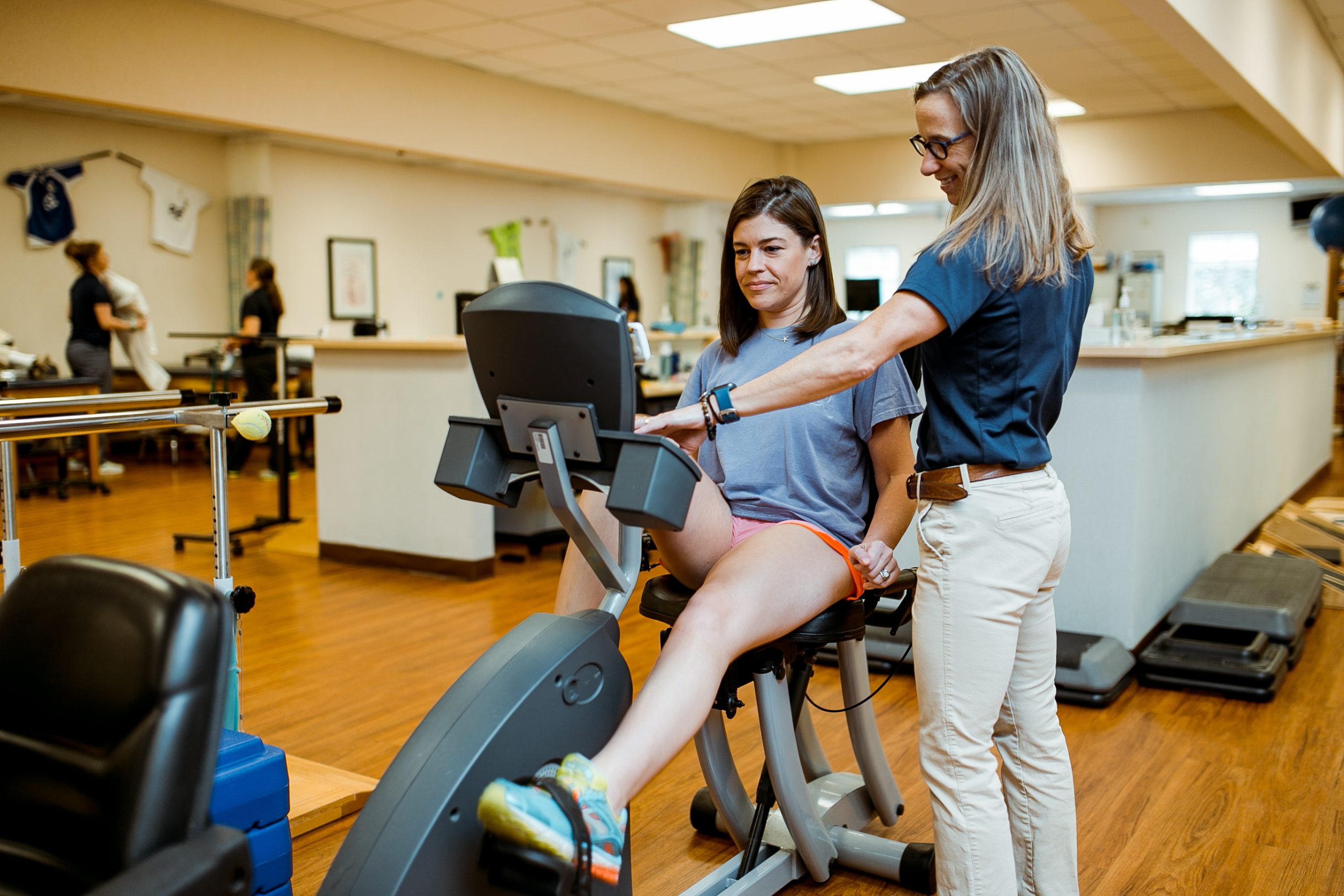The Essential Impact of Resistance Exercise on Enhancing Rehabilitation and Performance in Sports Recovery
Strength training holds a vital part in athletic recovery, helping athletes heal from injuries and improve their overall capabilities. When an athlete gets hurt, their physique needs period to recover. However, during this recovery phase, it is essential to preserve strength and mobility to avoid further damages. Resistance training can be customized to fit the requirements of each athlete, concentrating on specific muscular areas that may have been impacted by the injury. This targeted method not only aids in rehabilitation but also prepares the athlete to return to their activity stronger than before.
One of the main advantages of strength conditioning in rehabilitation is its capability to enhance muscular power and endurance. When muscular tissues are more powerful, they can more effectively support joints and reduce the chance of re-injury. For example, an athlete healing from a leg trauma can benefit from workouts that strengthen the quadriceps and back thigh muscles. These muscles play a crucial role in supporting the knee articulation. By incorporating resistance training into their recovery plan, individuals can regain their power more effectively and securely.
In furthermore to building power, strength conditioning also improves mobility and range of movement. Many injuries can result to rigidity in the affected region, making it challenging for individuals to navigate freely. Resistance training workouts often involve extending and lengthening the muscular tissues, which can help reestablish mobility. For instance, adding resistance straps or dumbbells into stretching programs can enhance the efficacy of these workouts. As mobility improves, individuals can perform actions more effectively, which is essential for peak performance in their activity.
Another important aspect of strength training in athletic recovery is its positive impact on psychological health. Recovering from an injury can be a challenging and exasperating experience for athletes. Engaging in strength training can offer a feeling of achievement and enhance self-esteem. As individuals see improvements in their strength and abilities, top article they may experience more driven to continue their rehabilitation process. This psychological boost can be just as important as the physical advantages, as a optimistic mindset can lead to better results in recovery.
Finally, strength training can assist individuals transition back to their sport more smoothly. Once they have recovered their power and mobility, individuals need to practice activity-specific actions to guarantee they are prepared for competition. Strength conditioning can be combined with sport-specific drills to create a holistic rehabilitation program. This blend allows individuals to not only recover but also improve their capabilities. By focusing on both recovery and performance, strength conditioning becomes an crucial tool in the rehabilitation journey, helping athletes come back to their activity more robust and more resilient.